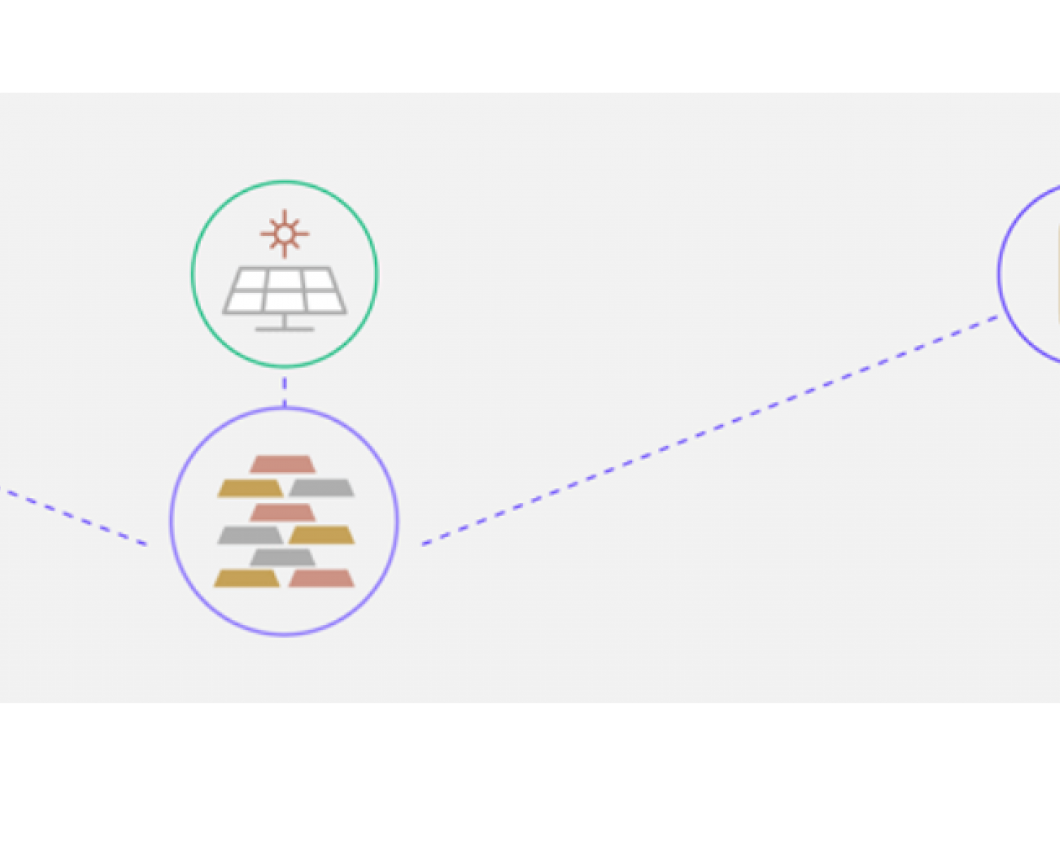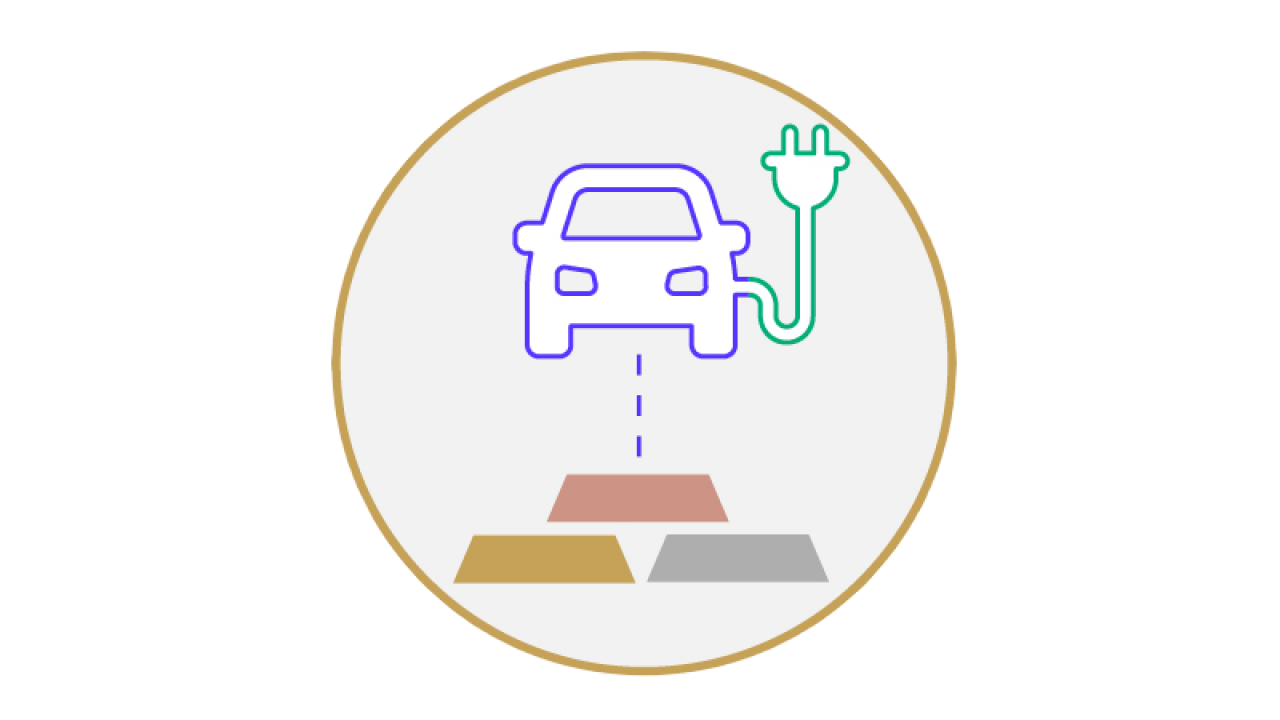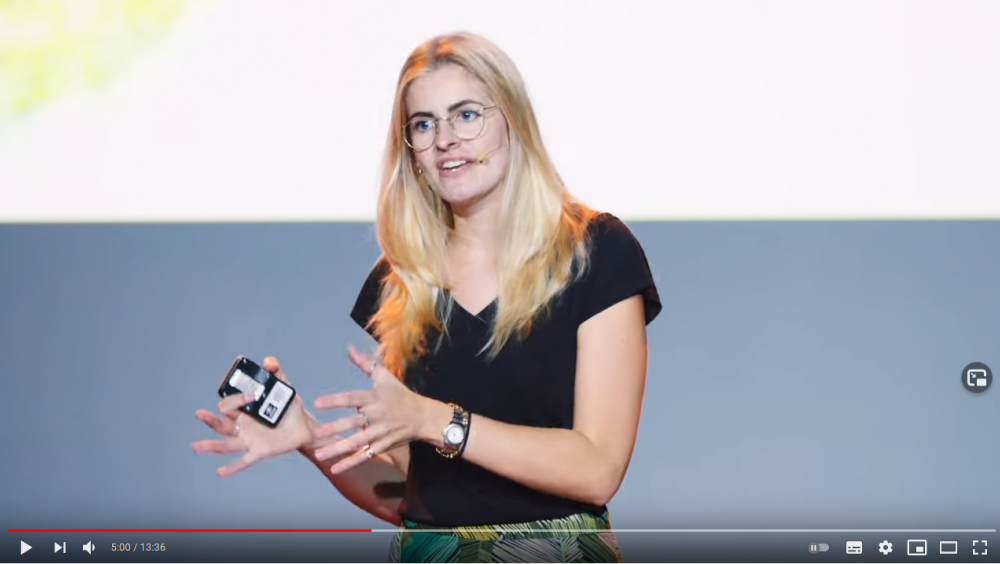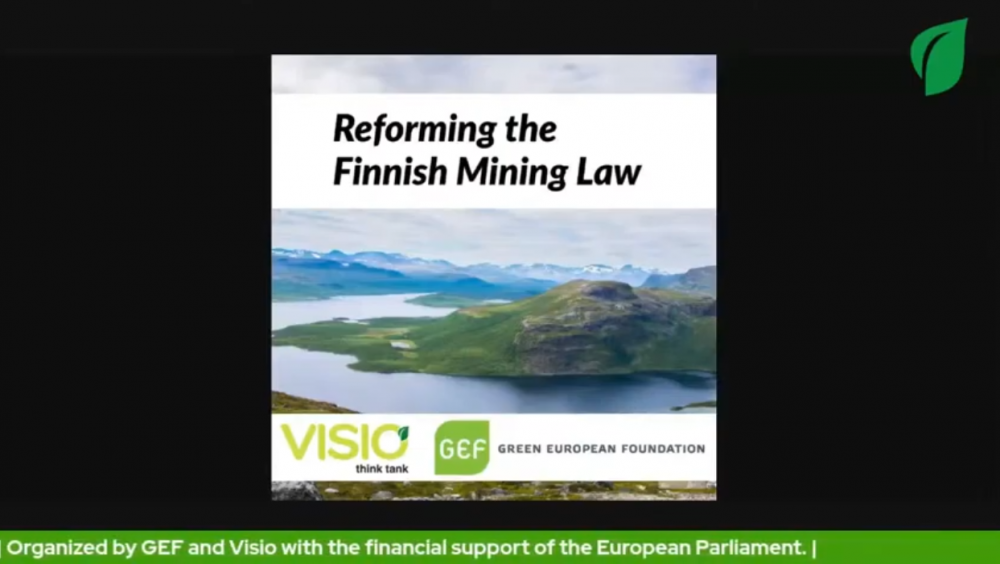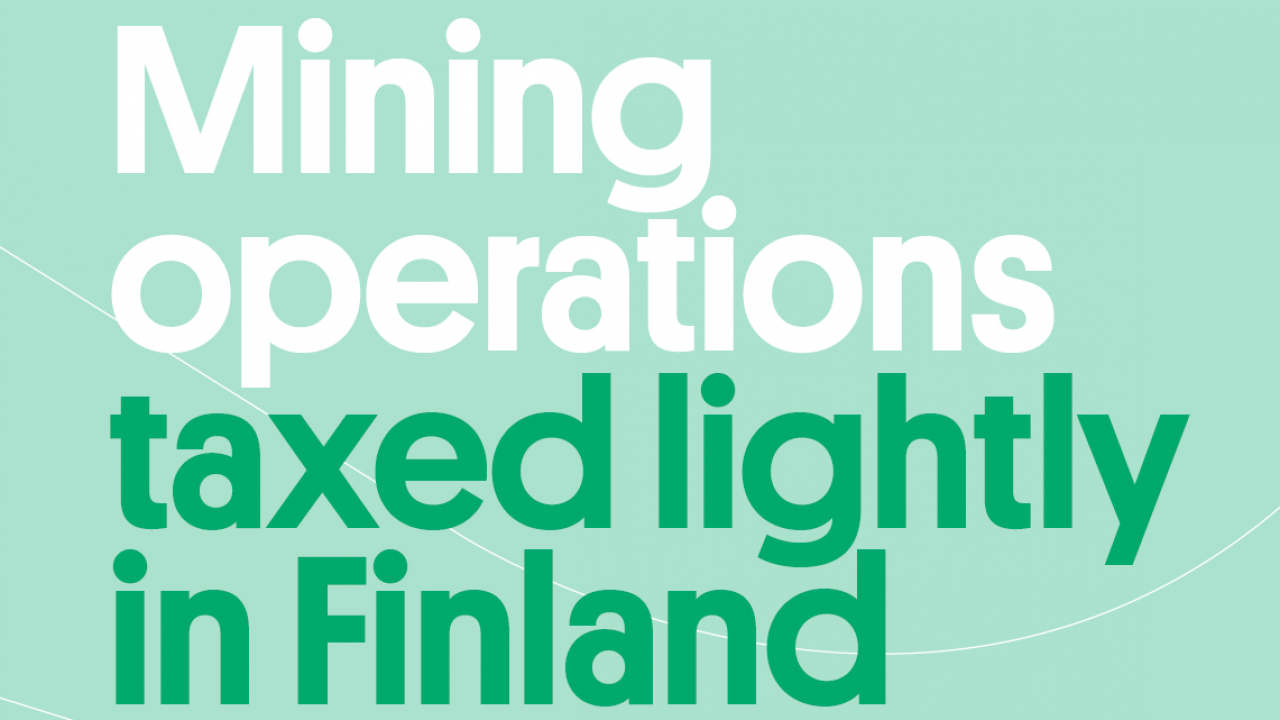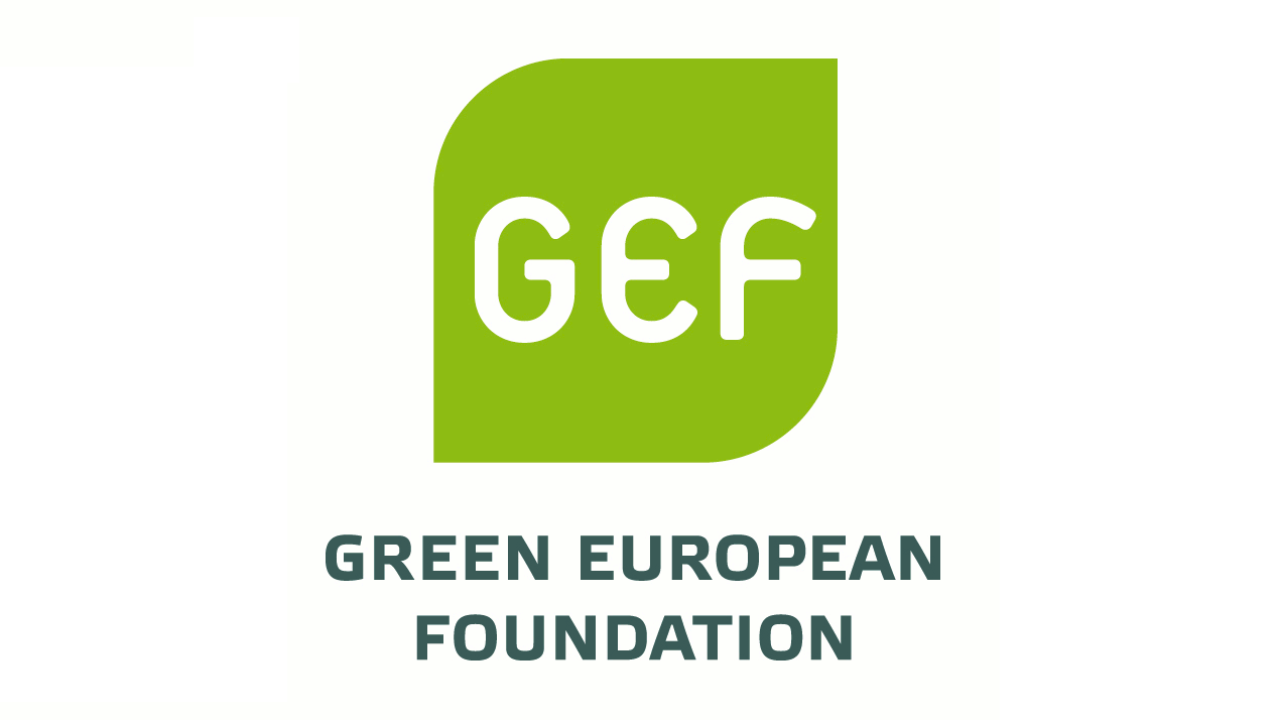6. Mining in Europe
Despite millennia of mining, Europe still has metal deposits that are feasible for extraction. These include many of the metals that we need for the energy and digital transitions, such as lithium, cobalt, and rare earths. Stepping up metal mining and processing within EU borders would increase security of supply. It would also shrink the ecological footprint of our metal consumption, thanks to EU environmental regulations and reduced intercontinental transport.
Still, metal mining comes at a price. Open-pit mining in particular affects biodiversity, which is already in serious decline in Europe. Toxic mining waste may pose a threat to river basins and drinking water resources. Europe has not been spared from the widespread pollution caused by the failure of dams containing muddy mining waste. This is a price many Europeans are unwilling to pay. As a result, new mining projects often provoke civic protest.
Left-overs
One way to minimise the damage is to look at our existing mines, both active and inactive, before creating new scars on the landscape. Current mining practices often cause valuable minerals that are extracted alongside target metals to end up as waste. Unless costs, risks, or laws (1) are prohibitive, mining operators should be obliged to utilise all of the marketable minerals they dig up instead of dumping all but one of them as left-over ‘tailings’. This obligation should extend to downstream processors. Thus, for instance, cobalt can be obtained as a companion metal of copper and nickel.
